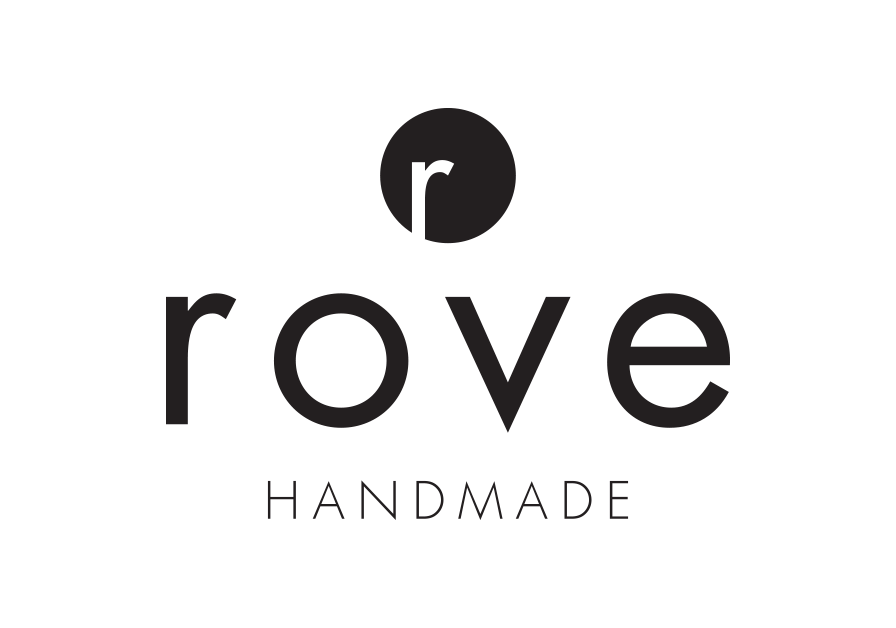I’ve always loved old clothes. As a teenager I used to regularly lift items from my parents’ closets - fitted blazers from my mom and beat up old work jeans from my dad. In my twenties, I could spend hours sifting through the racks of dusty attic vintage stores searching for that one great find. I still love the thrill of the find, and over the last couple of years I’ve begun to notice that many of my best-loved and most-worn pieces, are, in fact, second-hand - either thrifted or swapped or given to me by family and friends (the robe in the picture belonged to my grandmother and is probably my most cherished piece) - which makes me feel good for many reasons, not least because it’s one small way to extend the life of perfectly good items of clothing and keep them out of landfill for just a little while longer.
This week’s prompt for Slow Fashion October is how, so I thought I’d talk a little about how I incorporate second-hand into my wardrobe. As with buying new, one of the main issues for me is the sheer volume of things we consume and discard, and making an effort to reduce that consumption overall.
So my first rule is this: It has to fit into my closet and my life. I’ve bought many vintage items over the years that I wound up giving away because they just weren’t “me”, and as much as I loved looking at them, I never wore them. Now I’m much better at knowing what works for me and what doesn’t, and I look for things that suit my own style - classic, understated, neutral - and that go with the pieces I already own. That doesn’t mean I can’t make space for something special, but it has to be wearable and fit into my existing wardrobe. I regularly reorganize my (very small) closet, which is a great way to take stock of existing items and identify holes.
Rule two: It has to fit. I know myself, and I know that if it doesn’t fit properly it will stay at the bottom of my closet waiting for the day I take it to a tailor - and that day will never come. If you’re someone who is great at altering or remaking clothes to fit you, that’s wonderful (and I do hope to get there one day when I have more free time), but if not, I don’t recommend buying something that doesn’t fit properly, no matter how cheap it is.
And finally, rule three: Quality. I look for good quality fabrics, particularly natural fibres like wool, that don’t show too many signs of wear. Replacing buttons or making small repairs on an otherwise great piece is no problem, but I avoid things that look especially worn out, faded or permanently stained - when I buy something I want it to last, regardless of whether or not it’s brand new.
Second-hand clothing is not without its downsides. For one thing, donating clothing often lulls us into a false sense of “doing good” with little thought as to where that clothing goes or what impact it might have beyond the donation centre. It is still, after all, a linear process. That said, buying second-hand prolongs that lifecycle, which is undoubtedly good thing, especially if it reduces our demand for new clothing and materials overall. And we all have to start somewhere.

